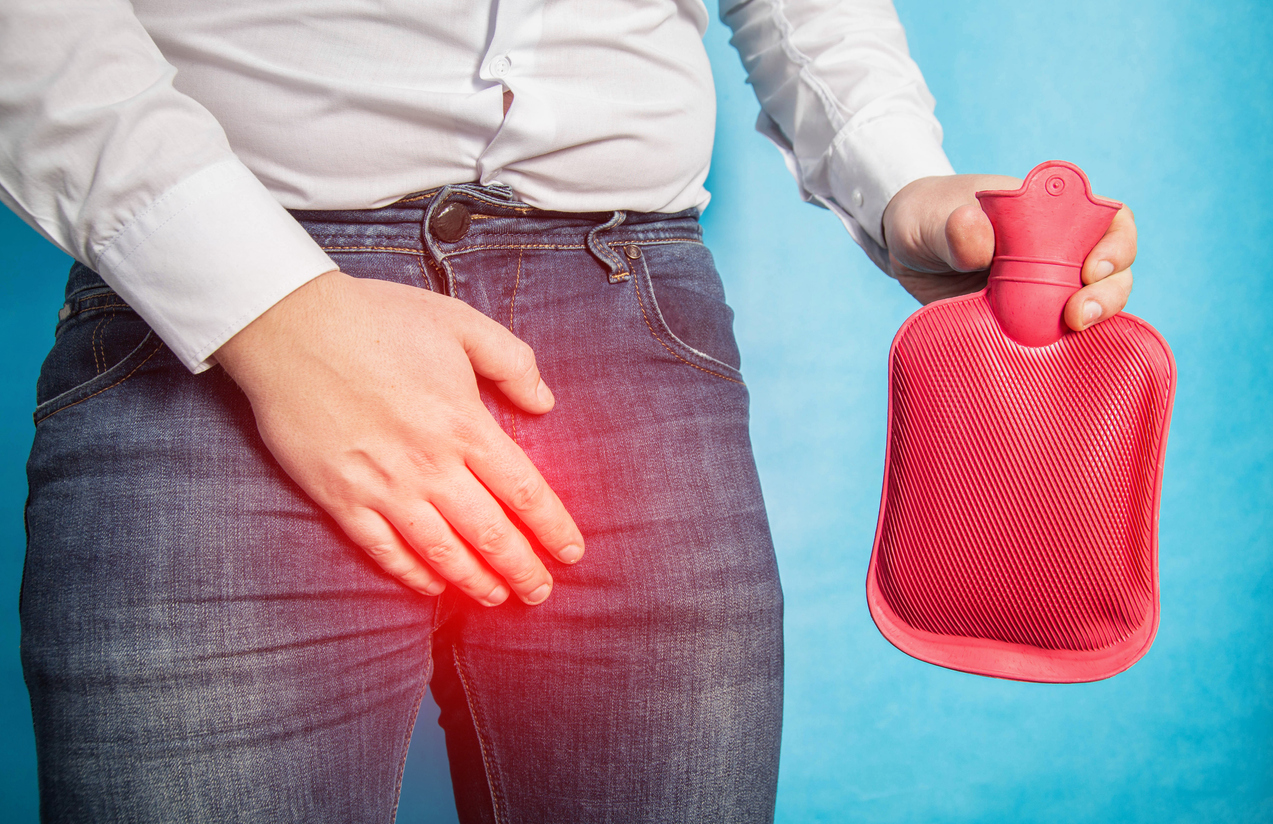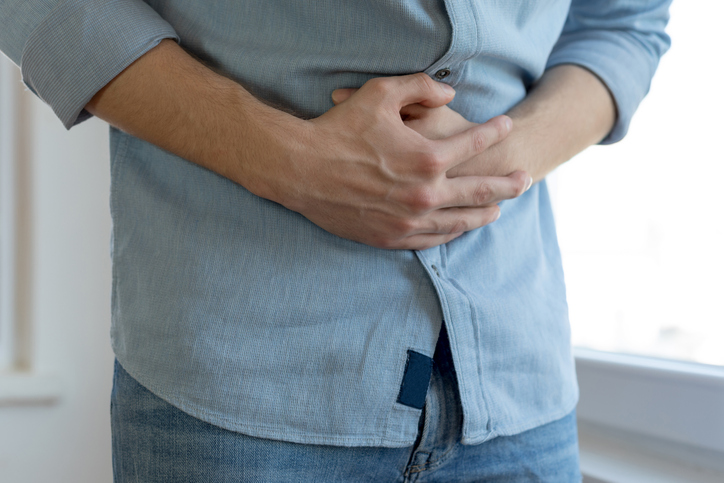Pain
At-Home Treatment for Prostatitis

What is prostatitis?
Prostatitis is a condition that occurs when the prostate gland becomes inflamed. The prostate gland is approximately the size of a walnut and is located just below a man's bladder. Inflammation can spread to other areas surrounding the prostate.
The prostate gland surrounds the upper portion of the urethra, which is the tube that carries urine from the bladder. The prostate, along with other glands, produce fluid (semen) to protect sperm as they travel.
At-home treatments
In addition to conventional and alternative treatments for prostatitis, certain at-home treatment options can help. At-home treatments for prostatitis include self prostate massage, physical activity, temperature therapy, and lifestyle changes.
Self-prostate massage
Engaging in a self-prostate massage two to three times per week can help ease pressure and swelling of the prostate by releasing fluid. A prostate massage can also ease swelling that is placing pressure on the urethra, causing difficulty urinating. This technique should be taught by a health care professional to ensure safety. Individuals engaging in self prostate massages should exercise extreme care. If pain is experienced following a self-prostate massage, emergency medical attention should be sought.
Physical activity
Regular physical activity, such as walking, can reduce pain associated with prostatitis. Specifically, aerobic activity has been found to reduce prostate pain, lower anxiety and depression, and improve quality of life.
Temperature therapy
Temperature therapy involves the use of heat or cold to reduce pain. When used to treat prostatitis, it includes the following:
- Sitz bath. A warm sitz bath involves sitting in two or three inches of water. It can decrease prostate fullness and discomfort.
- Heat therapy. Applying a heating pad or hot water bottle to the area can increase blood flow. It may also reduce pain.
Lifestyle changes
Certain lifestyle changes can help treat prostatitis. They include the following:
- Avoid alcohol, caffeine, and spicy or acidic foods, which can irritate the bladder.
- Hydrate by drinking plenty of water to increase urination and flush bacteria from the body.
- Urinate often and do not delay when feeling the need.
- Cushions should be used when needing to sit for long periods.





